Image of 1953 Willys Station Wagon, Note: These illustrations use artistic license and may differ from actual historical models.
Performance Metrics
Fundamental Metrics
Emotional Appeal
MMP Rating
| Engine Specifications | |
|---|---|
| Engine Options: | L-134 "Go Devil" I4, F-134 "Hurricane" I4 |
| Displacement Range: | 134 cu in (2.2 L) for both engines |
| Horsepower Range: | 60-75 hp |
| Torque: | 105 lb-ft for L-134, 114 lb-ft for F-134 |
| Compression Ratio: | 6.48:1 for L-134, 7.5:1 for F-134 |
| Ignition System: | Battery Ignition |
| Cooling System: | Liquid-cooled |
| Performance Specifications | |
| 0-60 Time: | Estimated 20-30 seconds |
| 1/4 Mile Time: | Not available |
| Top Speed: | 65 mph |
| Transmission and Drive | |
| Drive Type: | Rear-wheel drive (4x4 optional) |
| Transmission Type: | 3-speed manual |
| Fuel and Efficiency | |
| Fuel System Type: | Carburetor |
| MPG: | Estimated 15-20 mpg |
| Dimensions and Brakes | |
| Brakes: | Drum brakes |
| Wheelbase: | 104.5 in (2,654 mm) |
| Weight: | 3,200 lbs |
Note: Specifications for classic cars are given to the best of our ability, considering the limited and variant data available.
Introduction
Step into the world of classic motoring where the 1953 Willys Station Wagon reigns as a testament to American ingenuity and design. Born from the Willys-Overland company, this vehicle emerged as a pioneer in the transition from utilitarian war-time production to peacetime family transportation. It's a piece of history that encapsulates the post-war American spirit, with a unique fact to pique your curiosity: it was among the first all-steel station wagons, setting it apart from its wood-sided contemporaries and marking a significant shift in automotive manufacturing.
Design and Innovation
The 1953 Willys Station Wagon was a marvel of its era, boasting a rugged yet simplistic exterior that exuded functionality and strength. Its boxy silhouette, flat panels, and vertical slat grille became iconic, while the interior showcased a no-nonsense approach with durable materials meant to withstand the rigors of family use. Technological features such as four-wheel drive, offered in later models, were groundbreaking for civilian vehicles at the time. The color palette ranged from conservative hues to two-tone combinations, with Seacrest Green being a popular choice. The most iconic body style was undoubtedly the two-door wagon, which captured the essence of adventure and practicality.
Historical Significance
The 1953 Willys Station Wagon wasn't just another vehicle; it was a harbinger of change in automotive design. It set itself apart with its all-steel construction at a time when wood-framed 'woodies' were common. This innovation not only improved durability but also reduced production costs and maintenance issues, influencing future generations of station wagons and ultimately contributing to the demise of wood-bodied cars.
Performance and Handling
Underneath its unassuming exterior lay an engine capable of propelling this workhorse to respectable speeds for its time, though not known for neck-snapping acceleration. Handling was sturdy and reliable rather than sporty, with the wagon's weight providing stability over bumps and during windy conditions. Driving one today, you might hear the distinctive hum of its vintage engine and feel the solid connection to the road that modern vehicles often lack—a true mechanical symphony.
Ownership Experience
The 1953 Willys Station Wagon found its place as a versatile vehicle suitable for daily chores, family outings, or even as an attention-grabbing show car. Its straightforward mechanicals made it relatively easy for owners to maintain and repair. However, like any classic vehicle, upkeep can require dedication and sometimes sourcing scarce parts can be part of the adventure.
Fun Facts
This classic has seen its share of limelight with rare editions that stir collectors' hearts. While it may not boast record-breaking speed or sales figures, its endurance as a beloved classic is unquestionable. Despite some criticisms over time—like modest power output—the Willys Station Wagon has secured its place in automotive history books.
Collector's Information
The market for classic cars like the 1953 Willys Station Wagon is ever-changing. With production numbers estimated in the tens of thousands across various years and models, rarity can vary significantly. Today's value range might see well-preserved examples fetching anywhere from $15,000 to $40,000 or more depending on condition and originality. As interest in authentic Americana grows, these vehicles have generally appreciated over time.
Conclusion
The 1953 Willys Station Wagon stands as an enduring symbol of post-war American resilience and innovation. From its pioneering all-steel construction to its role in shaping future automotive design trends, this classic wagon is more than just a means of transportation—it's a piece of history on wheels. Whether you're behind the wheel or admiring from afar, this vehicle continues to captivate enthusiasts around the globe.
1953 Willys Station Wagon Catalog of Parts
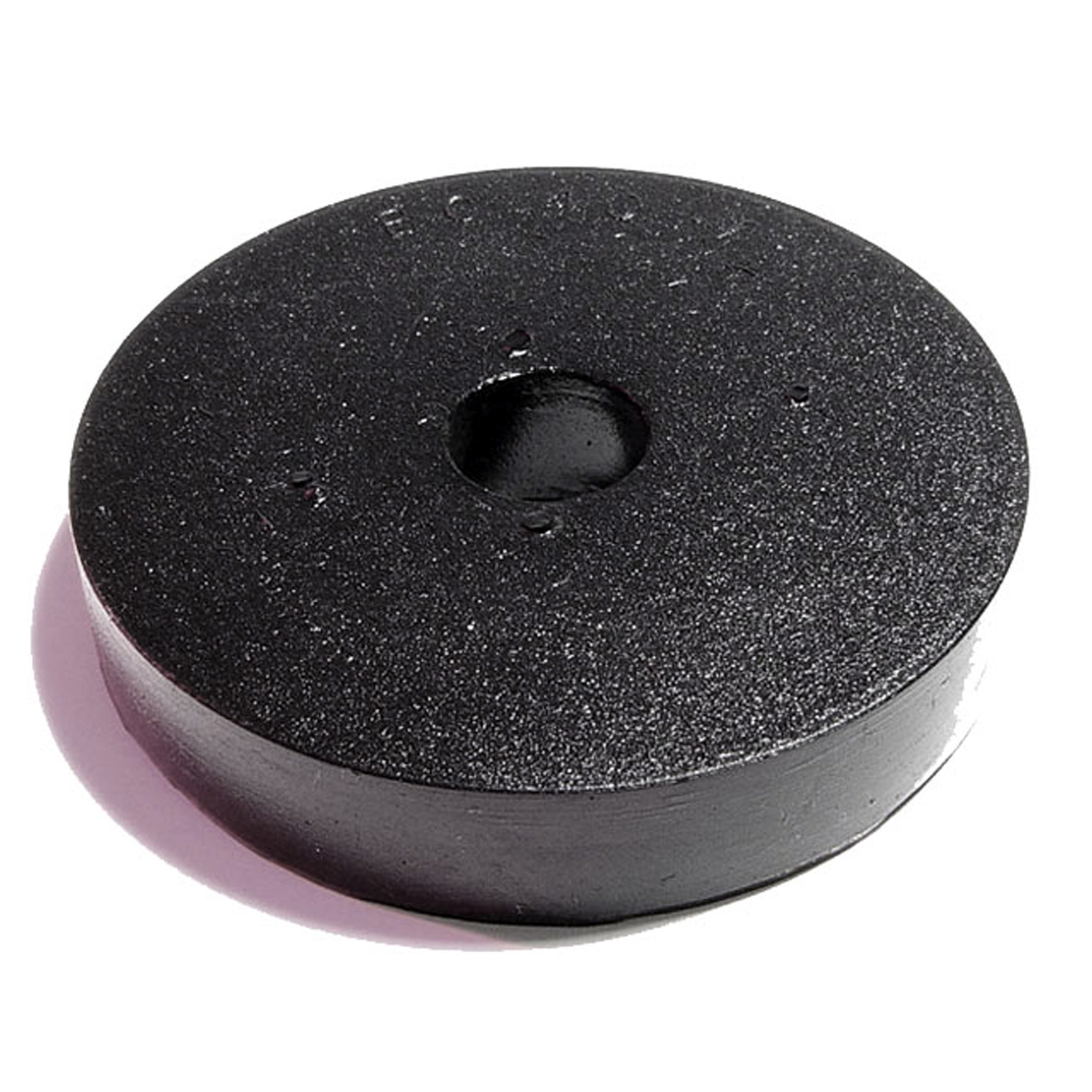 1953 Willys Station Wagon Body Mount Cushion. 1-15/16" O.D., 3/8" I.D., 3/8" Thick-BC 40-ABody Mount Cushion. 1-15/16" O.D., 3/8" I.D., 3/8" Thick. Each
1953 Willys Station Wagon Body Mount Cushion. 1-15/16" O.D., 3/8" I.D., 3/8" Thick-BC 40-ABody Mount Cushion. 1-15/16" O.D., 3/8" I.D., 3/8" Thick. Each 1953 Willys Station Wagon Front and Rear Bumper Arm Grommets-BG 62Front and Rear Bumper Arm Grommets. 3-1/8" wide X 3-7/8" long, with 1-3/8" long inner slot. Pair
1953 Willys Station Wagon Front and Rear Bumper Arm Grommets-BG 62Front and Rear Bumper Arm Grommets. 3-1/8" wide X 3-7/8" long, with 1-3/8" long inner slot. Pair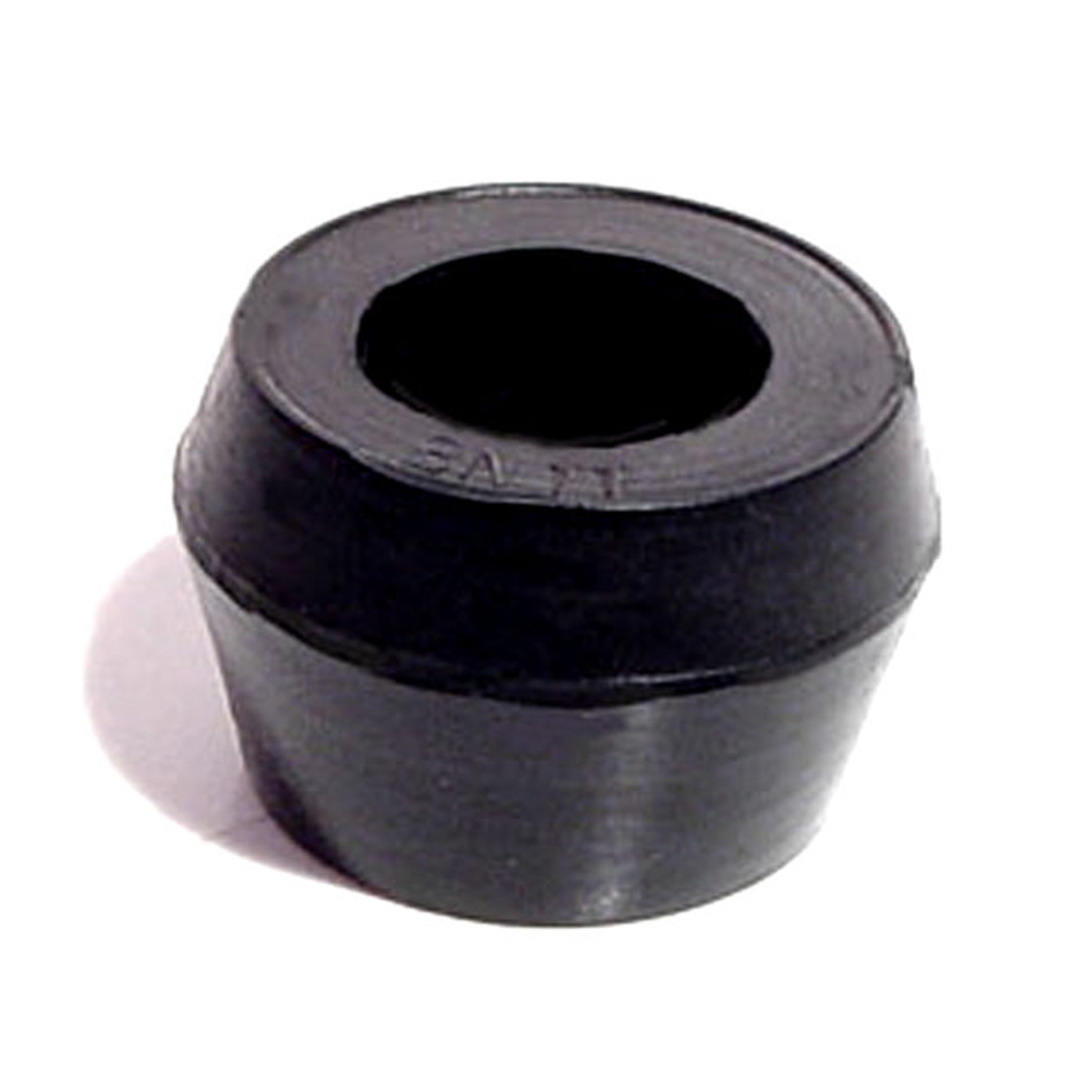 1953 Willys Station Wagon Shock Absorber Grommet. 1" bottom O.D-BN 11Shock Absorber Grommet. 1" bottom O.D., 3/4" high, with 5/8" I.D. Each
1953 Willys Station Wagon Shock Absorber Grommet. 1" bottom O.D-BN 11Shock Absorber Grommet. 1" bottom O.D., 3/4" high, with 5/8" I.D. Each 1953 Willys Station Wagon Center Division Bar Seal. 20" piece, to be cut to length-DP 40Center Division Bar Seal. 20" piece, to be cut to length. Each
1953 Willys Station Wagon Center Division Bar Seal. 20" piece, to be cut to length-DP 40Center Division Bar Seal. 20" piece, to be cut to length. Each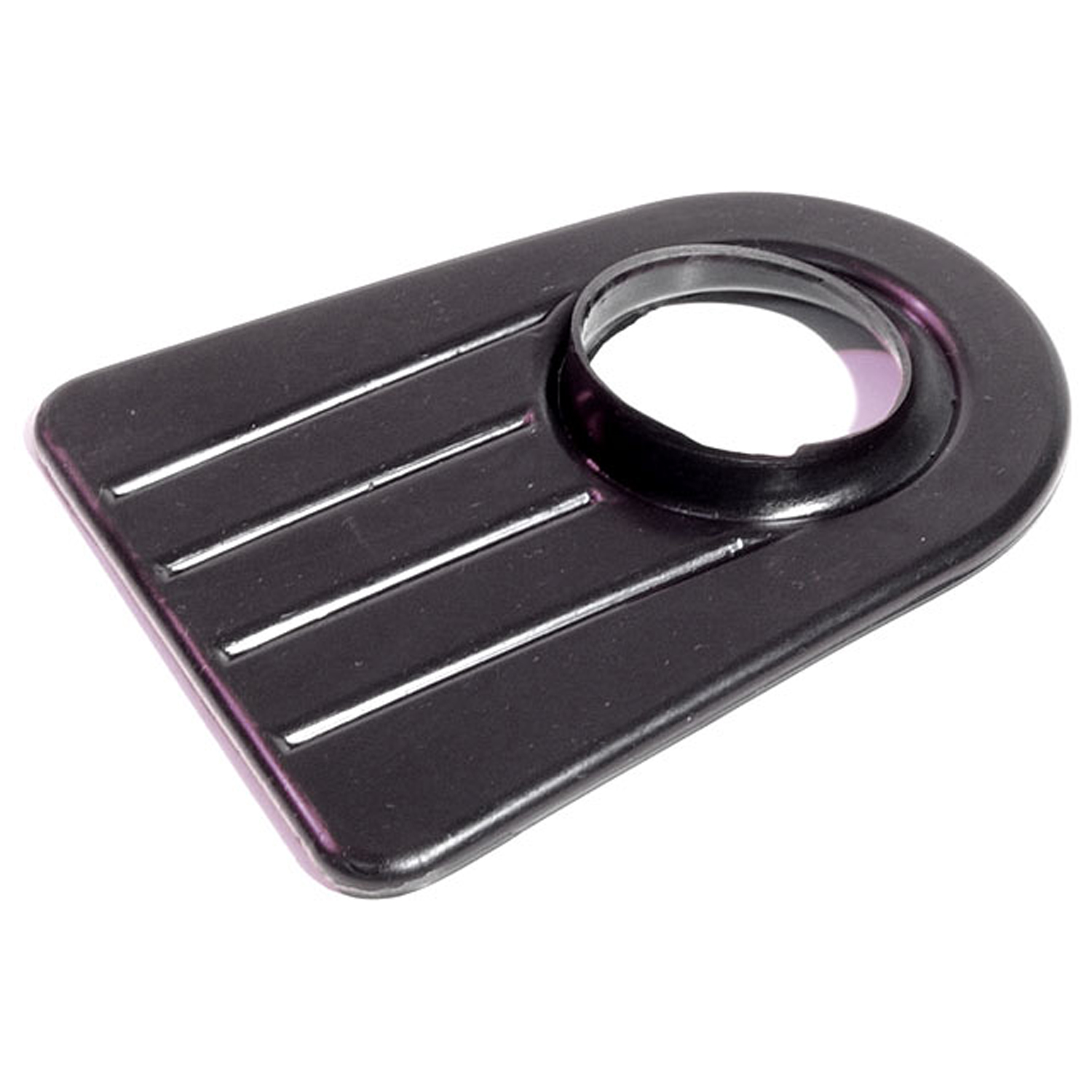 1953 Willys Station Wagon Gas Filler Grommet. 2-1/8" I.D., 6-3/8" length. Each-GF 29-AGas Filler Grommet. 2-1/8" I.D., 6-3/8" length. Each
1953 Willys Station Wagon Gas Filler Grommet. 2-1/8" I.D., 6-3/8" length. Each-GF 29-AGas Filler Grommet. 2-1/8" I.D., 6-3/8" length. Each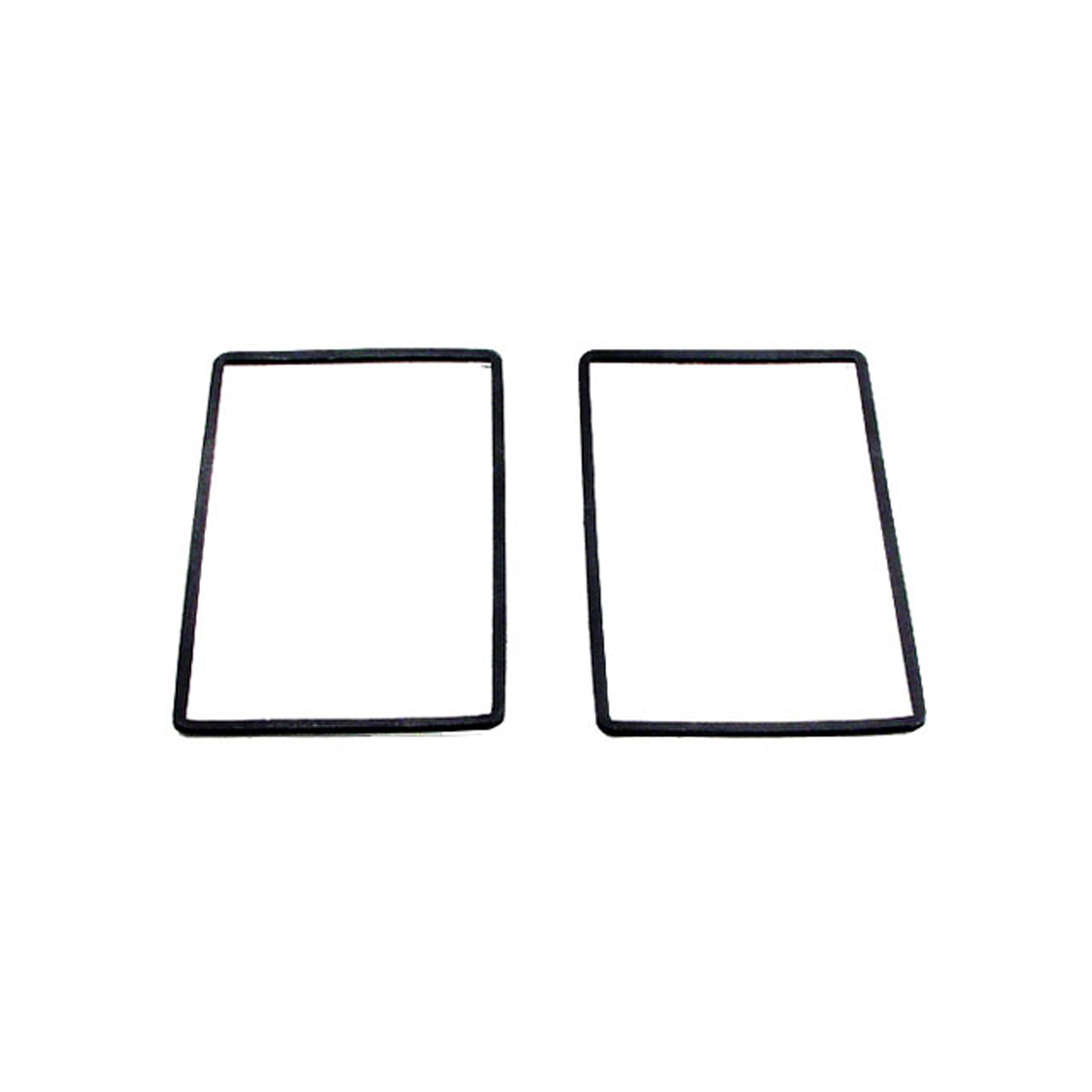 1953 Willys Station Wagon Tail-light Bezel Lens Gaskets. 2-3/4" X 2-5/16". Pair-LG 9600-120Tail-light Bezel Lens Gaskets. 2-3/4" X 2-5/16". Pair
1953 Willys Station Wagon Tail-light Bezel Lens Gaskets. 2-3/4" X 2-5/16". Pair-LG 9600-120Tail-light Bezel Lens Gaskets. 2-3/4" X 2-5/16". Pair 1953 Willys Station Wagon Door side seal. Same as LP 40-A, but for a heavier seal-LP 40Door side seal. Same as LP 40-A, but for a heavier seal. Fits many domestic passenger cars and trucks. Used in Cobra kit cars as trunk weatherstrip. Per foot.
1953 Willys Station Wagon Door side seal. Same as LP 40-A, but for a heavier seal-LP 40Door side seal. Same as LP 40-A, but for a heavier seal. Fits many domestic passenger cars and trucks. Used in Cobra kit cars as trunk weatherstrip. Per foot.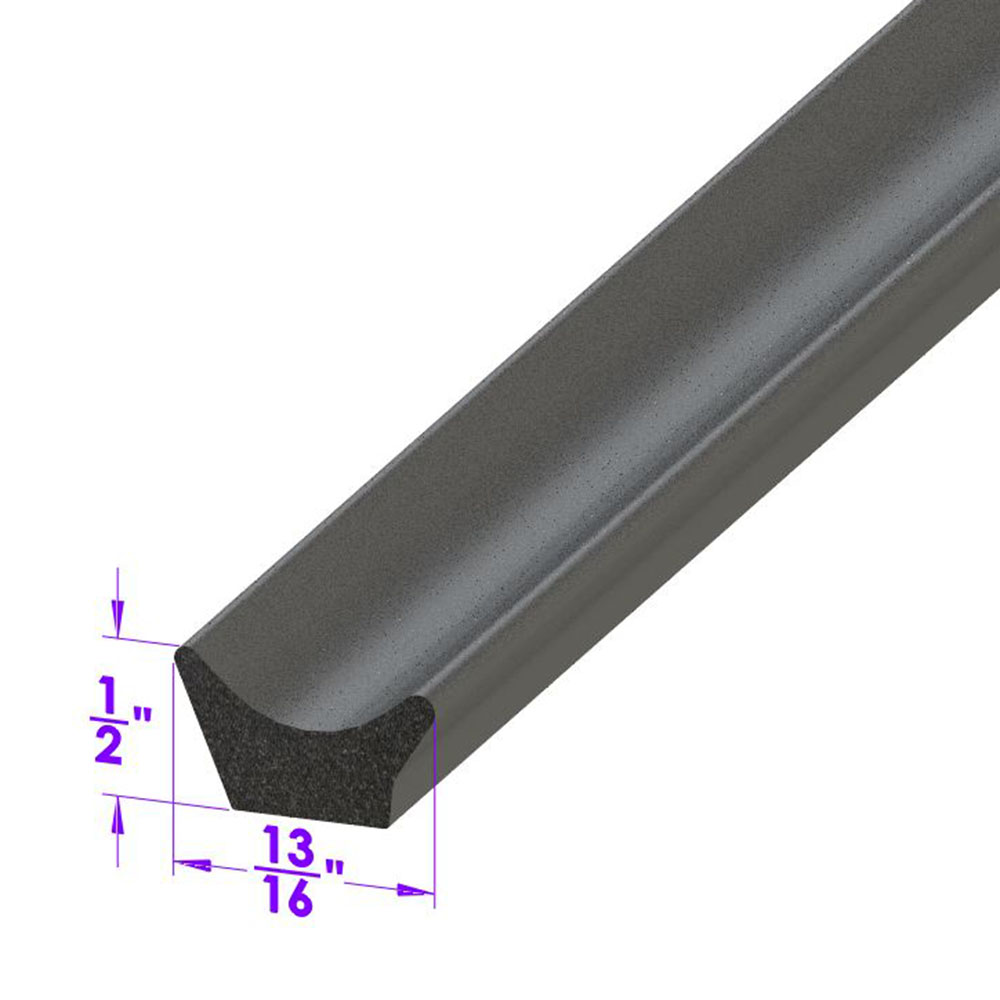 1953 Willys Station Wagon Door side seal. Same as LP 40, but for a lighter seal-LP 40-ADoor side seal. Same as LP 40, but for a lighter seal. Fits many domestic passenger cars and trucks. Universal seal for street rods and customs. Used in Cobra kit cars as door weatherstrip. Per foot.
1953 Willys Station Wagon Door side seal. Same as LP 40, but for a lighter seal-LP 40-ADoor side seal. Same as LP 40, but for a lighter seal. Fits many domestic passenger cars and trucks. Universal seal for street rods and customs. Used in Cobra kit cars as door weatherstrip. Per foot. 1953 Willys Station Wagon Tail-light Pads. 3-1/2" wide X 6-5/8" long. Pair-MP 1309-KTail-light Pads. 3-1/2" wide X 6-5/8" long. Pair
1953 Willys Station Wagon Tail-light Pads. 3-1/2" wide X 6-5/8" long. Pair-MP 1309-KTail-light Pads. 3-1/2" wide X 6-5/8" long. Pair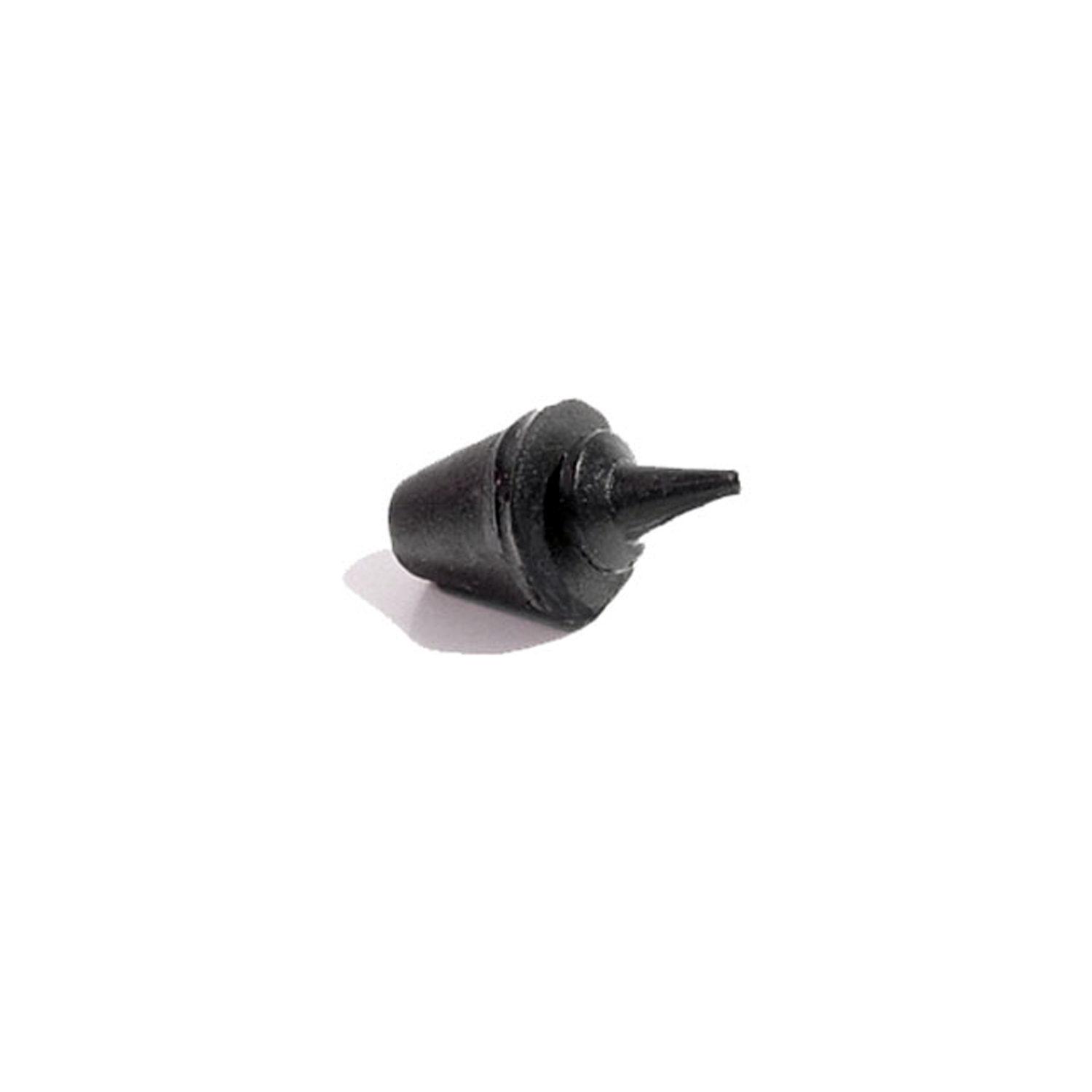 1953 Willys Station Wagon Glove Box Bumper. Each-SB 83Glove Box Bumper. Each
1953 Willys Station Wagon Glove Box Bumper. Each-SB 83Glove Box Bumper. Each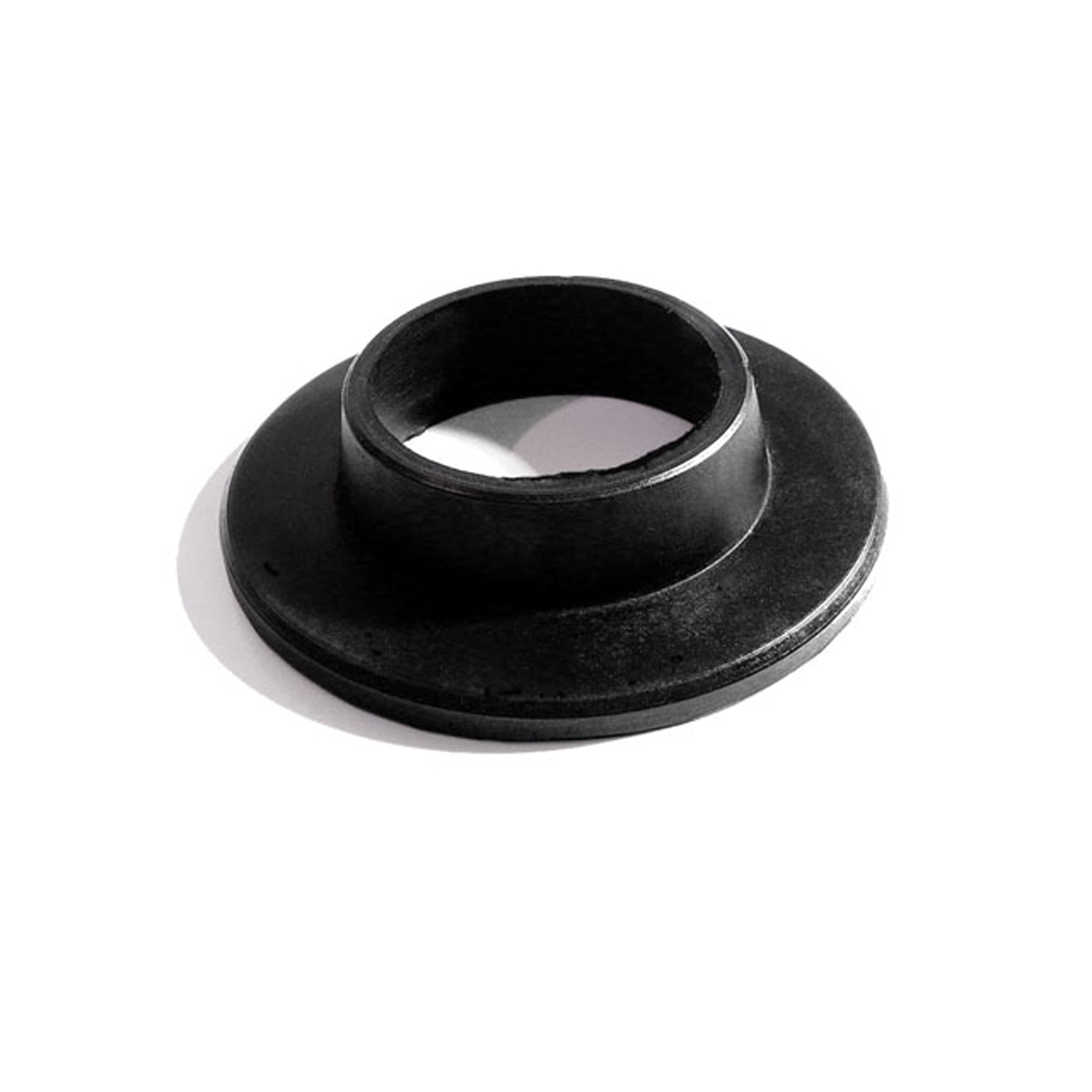 1953 Willys Station Wagon Steering Column Grommet-SC 13Steering Column Grommet. For 4-Wheel Drive Station Wagon Only. Each
1953 Willys Station Wagon Steering Column Grommet-SC 13Steering Column Grommet. For 4-Wheel Drive Station Wagon Only. Each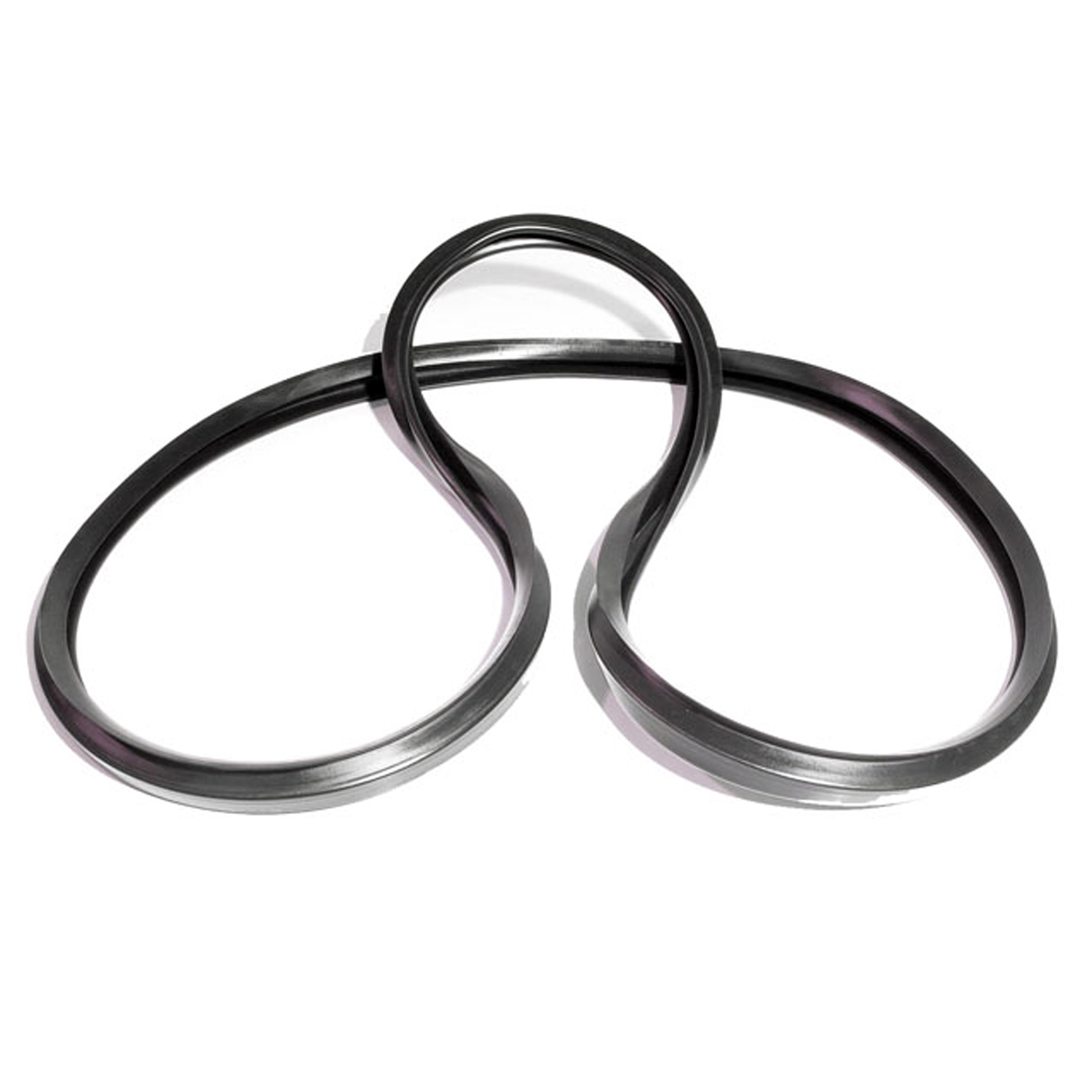 1953 Willys Station Wagon Vulcanized Side Front-Rear Sliding Window Seal-VQT 9600Vulcanized Side Front-Rear Sliding Window Seal. Made into one piece for easy installation. Order 2 to do both sides. Replaces OEM #671419. Each
1953 Willys Station Wagon Vulcanized Side Front-Rear Sliding Window Seal-VQT 9600Vulcanized Side Front-Rear Sliding Window Seal. Made into one piece for easy installation. Order 2 to do both sides. Replaces OEM #671419. Each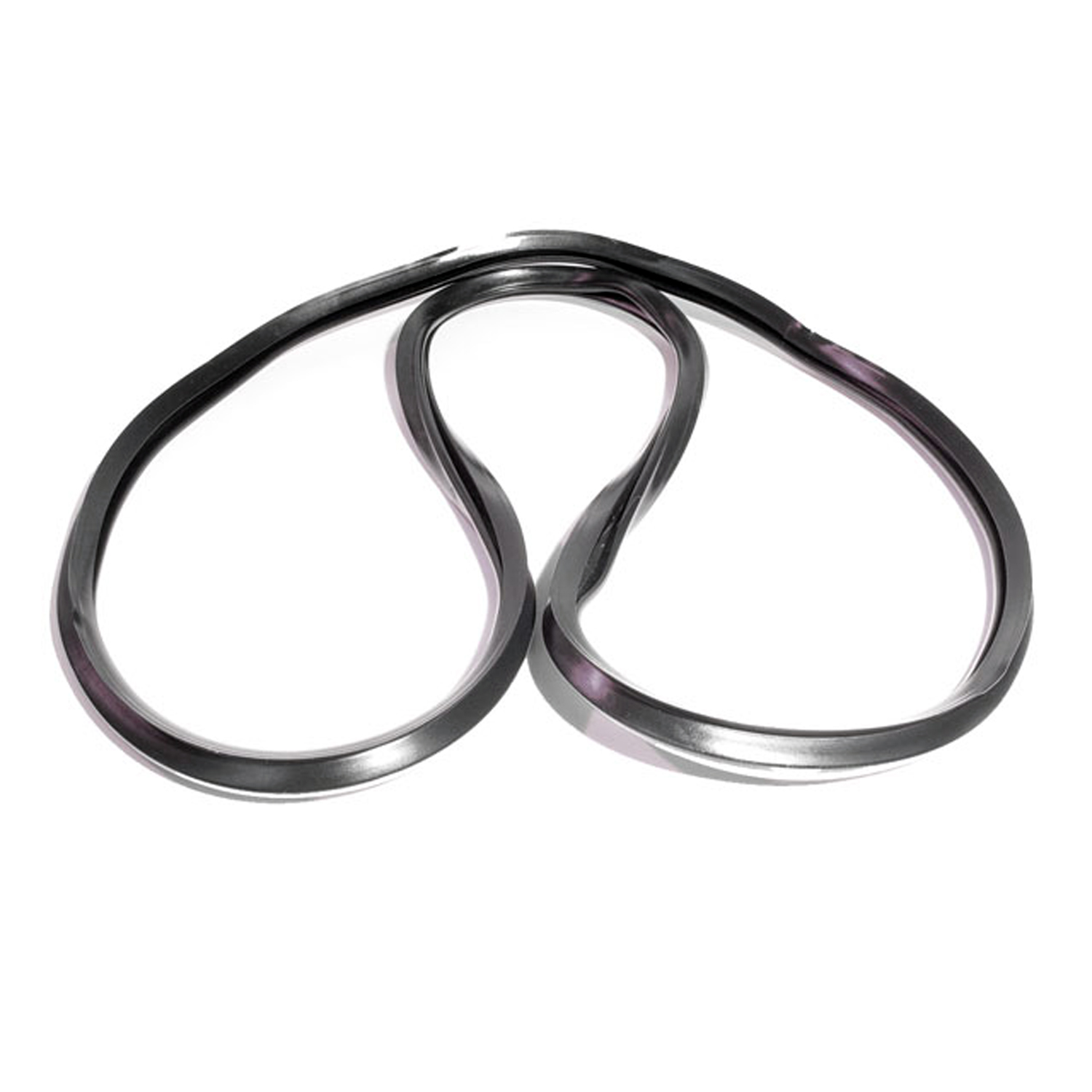 1953 Willys Station Wagon Vulcanized Side Rear-Rear Sliding Window Seal-VQT 9601Vulcanized Side Rear-Rear Sliding Window Seal. Made into one piece for easy installation. Order 2 to do both sides. Replaces OEM #664257. Each
1953 Willys Station Wagon Vulcanized Side Rear-Rear Sliding Window Seal-VQT 9601Vulcanized Side Rear-Rear Sliding Window Seal. Made into one piece for easy installation. Order 2 to do both sides. Replaces OEM #664257. Each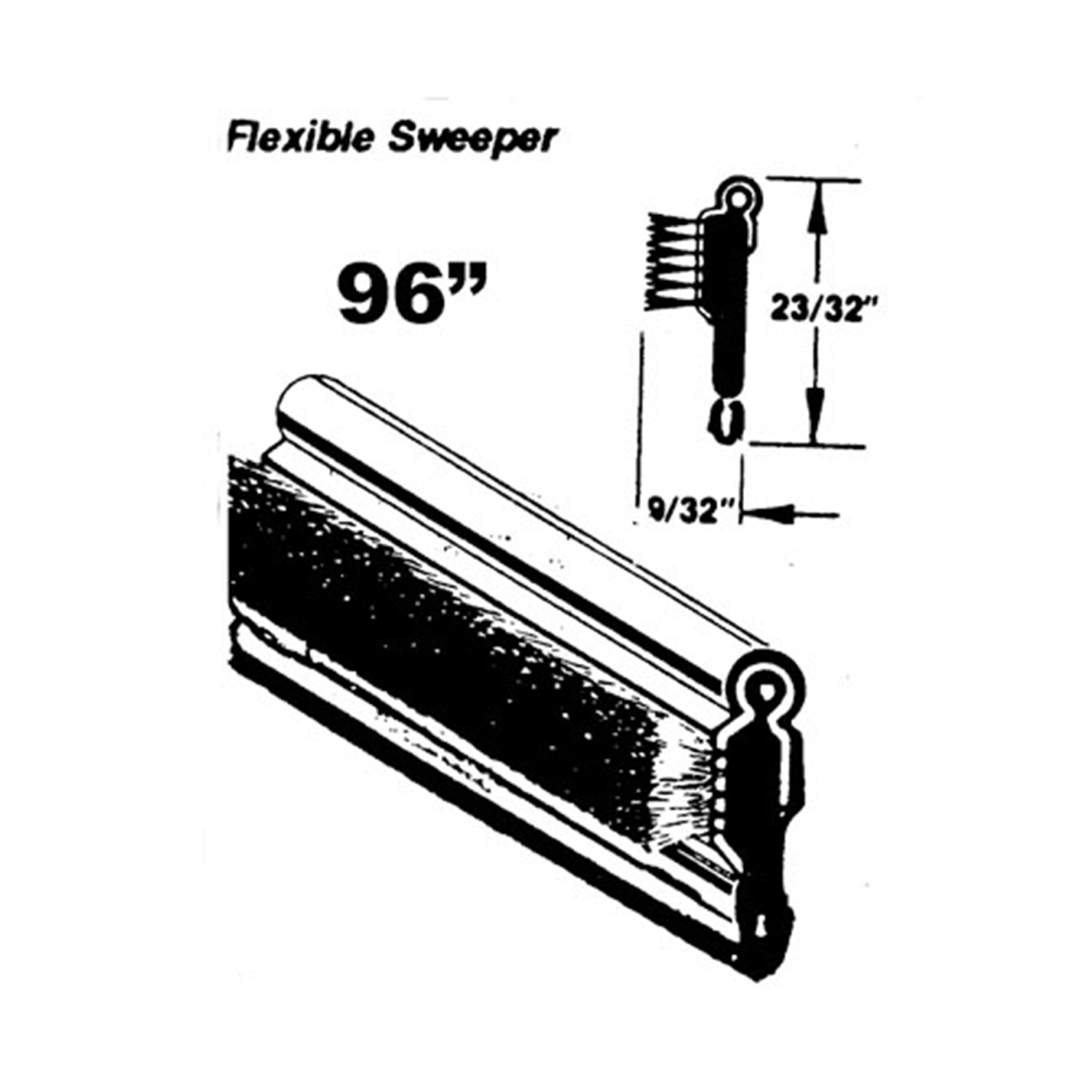 1953 Willys Station Wagon Flexible window sweeper. Made with stainless steel bead-WC 4-96Flexible window sweeper. Made with stainless steel bead. 96 in. long. Each. NOTE: $20 special shipping charge applies for domestic orders. Call or email for overseas shipping costs. Part can be sectioned in two or three equal lengths to reduce overseas shipping costs.
1953 Willys Station Wagon Flexible window sweeper. Made with stainless steel bead-WC 4-96Flexible window sweeper. Made with stainless steel bead. 96 in. long. Each. NOTE: $20 special shipping charge applies for domestic orders. Call or email for overseas shipping costs. Part can be sectioned in two or three equal lengths to reduce overseas shipping costs.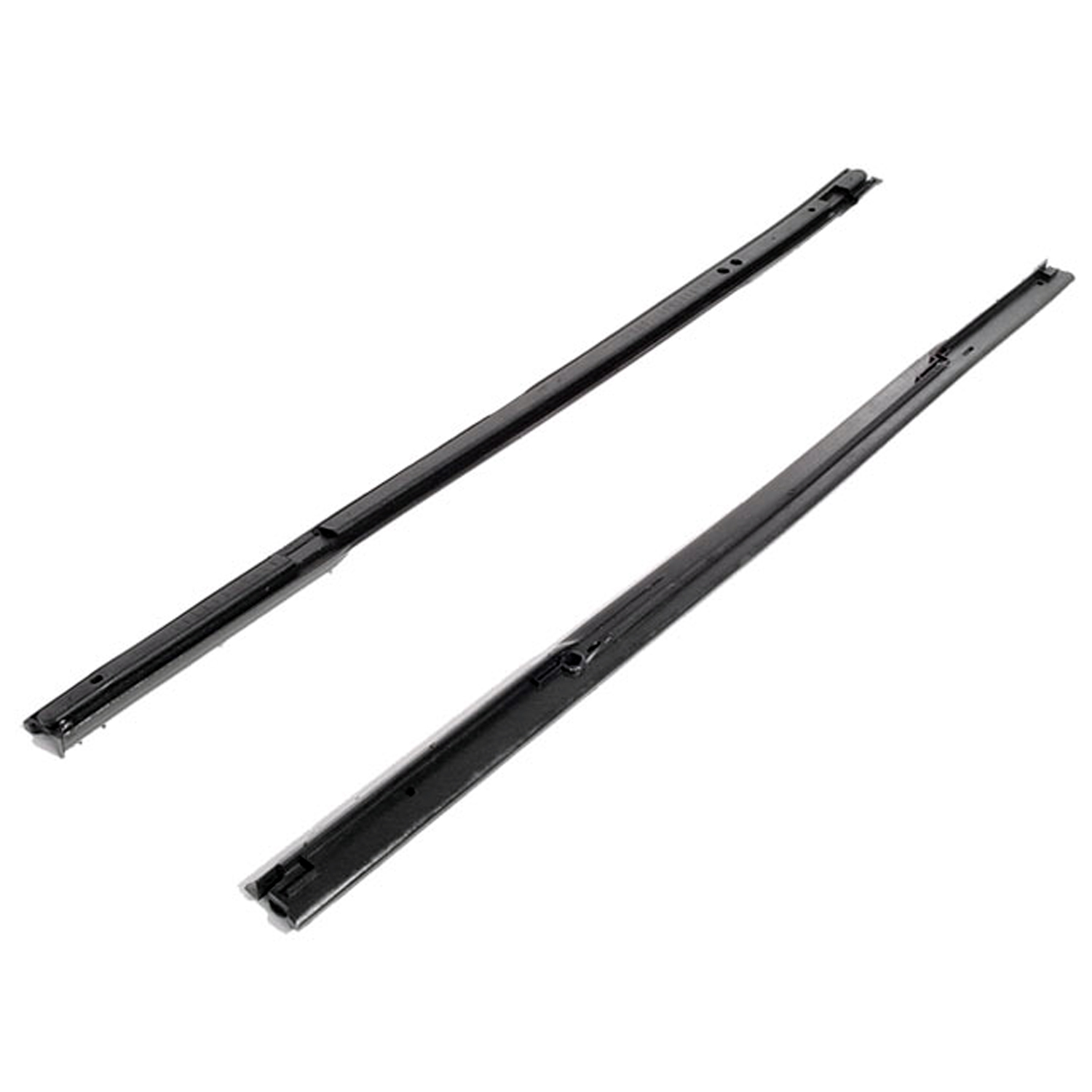 1953 Willys Station Wagon Front Vent Window Seals. For Trucks and Station Wagons-WR 9601Front Vent Window Seals. For Trucks and Station Wagons. Pair
1953 Willys Station Wagon Front Vent Window Seals. For Trucks and Station Wagons-WR 9601Front Vent Window Seals. For Trucks and Station Wagons. PairWhy Choose Metro?
For over 100 years, Metro Moulded Parts has been the pinnacle of quality in classic car restoration parts. Our commitment to precision and authenticity in every component ensures a perfect fit and an OEM-level appearance.
- Expert Craftsmanship & Quality: Each part is a testament to our dedication to reliability and perfection, crafted from original designs and thoroughly tested.
- Advanced Technology: We use cutting-edge techniques to create flawless, long-lasting parts that surpass others in performance.
- SuperSoft Sponge – The Ultimate Door Seal: Not only are our door seals 30% softer than competitors', but they're also guaranteed to never leak. They effectively reduce wind and road noise, enhancing your classic car's comfort and driving experience.
- Proudly American: Our parts are a product of American craftsmanship, made in the USA with a spirit of excellence and heritage.
- Unrivaled Warranty: We back our products with a 30-year industry-leading warranty, a testament to our confidence in their quality.
Join us in preserving the legacy of classic cars with parts that are crafted for perfection, not just made.

